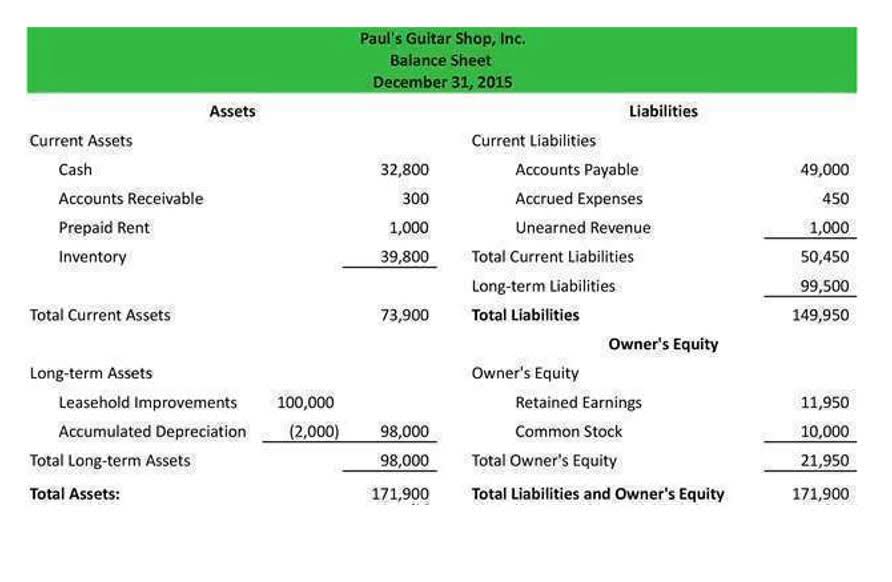If you’re not into light curtains, or heavier drapes you can of course opt for blinds, shutters or other types of window treatments. These do come up a little more expensive and if it’s costs that you’re trying to keep low with your window treatment ideas, you can choose either shades or even window films. Both are available in tons of designs to suit your decor scheme too, we especially like Home Depot’s stylish options. Windows (and the subsequent access to natural light they provide!) can make or break a space, but many people overlook the importance of window treatments when planning a space.
- ‘Floor length curtains create warmth and layers of texture in a sitting room or bedroom,’ says interior designer Natalia Miyar.
- They may work for design companies contracted to work for clients or for department stores, independent retailers, airport or hotel shops.
- No matter how beautiful the fabrics are, it is vital that you know how to hang curtains beautifully to show them off to their best effect.
- In finance, window dressing refers to the efforts taken to make the financial statements of a business look better before they are publicly released.
Installing curtains inside a dedicated recess creates a sleek finish to any room. By completely concealing the hardware, you maximize views and compose a calm, polished look. For the ultimate in luxury and comfort, install motorized curtain rods to control the daylight with the flick of a switch. Follow measuring instructions carefully for the specific blinds or curtains you wish to order and the situation you want to fit it into, such as a bay window or patio door or standard rectangular window. Use a metal measuring tape as fabric tapes can stretch or give inaccurate measurements. ‘If it’s an airy, bright feel that you want in the room, it has to be 100% linen.
Window treatment ideas – 38 ways to dress with curtains, blinds and shutters
You may have heard that a stock is window dressing for a fund or that a business’ reports are window dressed. This means that a stock has been replaced close to the end of a reporting period to boost performance falsely, or the reports are altered to be more financially attractive to investors and lenders. While difficult to determine, you can identify window dressing by studying past financial reports and reading about a company’s activities via their news releases and investor reports.
Looking out for window dressing should be part of your tool kit when you’re evaluating investment opportunities, just in case you come across a company that is trying to cook the books or deceive you. If you found holdings in this fund you believed didn’t fit the objective and strategy, it might be window dressing. But then, it might not because the fund’s valuation methodology might allow it to change holdings. First, ensure holdings match the index the fund tracks if it is an index fund.
The requirements of window treatment ideas will vary room to room, but they are all designed to provide levels of privacy, shade, soundproofing and warmth. ‘Artwork can bring drama, beauty and a little fun to windows with roller blinds that are unlike anything you will have seen before,’ says Michael Ayerst, managing director of Surface View. Roman blinds, which fold up rather than roll, which aren’t too heavy work well in this breakfast area by interior designer Sophie Ashby at Studio Ashby, as they allow you to control how much light comes through. Whereas a bedroom benefits from black-out blinds, a kitchen is a place to welcome in the natural morning light, for more inspiration, see our kitchen window ideas.
Grilling, barbacking, dressing windows — how stars of ‘Chicago Fire,’ ‘PD,’ ‘Med’ are spending strike
Like shutters, they do gather dust, so white or pale finishes are better for disguising this and creating bright rooms. Pelmets can be made by using foam core or plywood to create a structure which can either be painted a similar tone to your walls, or upholstered in fabric to match the curtains hung beneath. A pelmet, also known as a cornice board, is a box frame used to conceal the top of curtains, and is commonly found in classic-style interiors. Window dressing is a deceptive practice no matter what industry it is used in or what purpose it serves. It paints a false financial picture because information is changed to make a company seem to perform better than it did.
To avoid the goldfish-bowl sensation, consider tier-on-tier picks of the best shutters. The stacked panels allow you to cover the pedestrian-height portion of the window and fully open the top, or screen all of the glass, while the slats mean fine control of privacy but will let light in during the day. All accounting professionals, account analysts, credit rating agencies, and other professional bodies are aware of payroll taxes and employer responsibilities.
This light and luxe look combines curtains of different fabric weights and similar cool creamy tones. Marble-effect wallpaper and a deep-pile rug, this scheme wouldn’t look out of place in an LA condo. Make your own cafe blind by cutting a long strip of voile fabric the length of your window, then hem the bottom edge and create a channel the width of your rod at the top. Skylight windows are a brilliant way of opening up and allowing more light into a loft space. But to ensure a good night’s sleep and to make sure that roof spaces don’t get excessively hot, some kind of window covering is essential.
In this three-bedroom London maisonette design by Gunter & Co, the bedroom has double doors which lead out onto a patio. Wall-to-wall curtains were added in front, not only to help block out light and sound when the room is occupied, but by using heavy fabric floor-to-ceiling, the curtains will also help keep out any unwanted drafts. So why spend money on beautiful paint shades and great quality furniture if you’re going to skimp on the window dressing ideas? They are the finishing touch to your interior design – that final piece that completes the space.
What Is Window Dressing in Finance?
The entire concept of window dressing is clearly unethical, since it is misleading. Also, it merely robs results from a future period in order to make the current period look better, so it is extremely short-term in nature. Choosing a convenient time for reporting is another way to engage in window dressing.
Create a cohesive feel with matched patterns
For example, Company ABC can make itself appear flush with cash flow by selling a major asset just before the end of the accounting period. They may be neglecting to reveal to investors that they actually need the asset to operate and, therefore, will be buying it right back in the next accounting period. If you’re afraid that curtains will make your lounge feel dark, play to the dramatic space and up the vampy, gothic vibes with a stained glass effect film.
Harry Cole, Founder of Loom & Last adds ‘If the fabric or pattern is a key part of your design scheme, Roman blinds are the best option. It is lovely to sometimes be able to use curtains to enhance smaller windows, as it adds character,’ explains interior designer Sarah Vanrenen, who designed this space. First think about what’s on your list of requirements for your living room window treatment ideas. With an exacting list of specifications, and whether you’re planning to roll out all new window dressings or to simply swap in new drapes or even curtainless options for your windows, you have options.
A Few Pro Tips on Choosing the Right Window Treatment for Your Minimalist Home:
A dainty cafe curtain or half curtain is the perfect solution for a kitchen window. A voile fabric in a pretty print to coordinate with your kitchen scheme like this feather print fabric is ideal. When fitting window treatment ideas, it is important that you know how to measure for blinds to ensure the perfect fit the first time. The precise folds of the wave pleat create a simple, elegant and very neat drape that is ideally suited to large windows. These drapes don’t ask much of the user other than appreciation for their clean lines and require no further tiebacks or holdbacks. Best used with a traverse ripplefold curtain rod, they look best when simply drawn back and left to frame the window.
Create a luxe look by going door to door
Find window treatment ideas that looks just as good as the real view behind it. This blind by Surface View features Dedham Vale by John Constable is from the V&A collection. Mutual funds are companies that purchase stocks and sell portions of those stocks to investors.
For instance, examine the cash flow statement to see where cash is coming from and where it is going, then compare it to cash flows from the last few periods. It is illegal for businesses to alter their accounting practices to change how their reports look. But unless there is a clear violation of securities laws or if the fund alters its accounting methods to window dress, investment managers are not doing anything illegal by replacing a fund’s holdings at specific times.
The downside to window dressing is that, on the whole, it’s looked at with skepticism. This is because it can – and sometimes does – involve making unethical or even illegal changes to numbers, charts, timelines, orders, etc., to make the financial picture of a company look the most appealing to outsiders. And for more plush designs, Loom Decor always has gorgeous window treatments for living rooms and the rest of the home in different beautiful fabrics. Window dressing ideas for living rooms don’t have to be overly complicated, especially if you’re working with bay windows which are beautiful in design by default. The neutral color helps anchor the room in a subtle way and nods to the modern look of sustainability also.
Through window dressing, mutual fund owners and managers are making the fund look more promising. Potential investors see the fund full of high-performing stocks – and don’t see the poor-performing stocks that were recently dumped – and are, thus, much more likely to invest in the fund. Such a practice is the primary goal of window dressing – to attract investors and add more income to the investment pool. Window dressing is actions taken to improve the appearance of a company’s financial statements.




